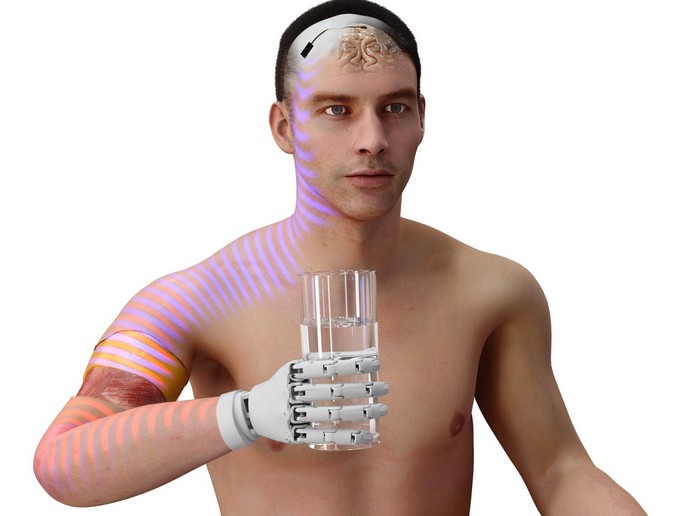Minding clinical risk and patient safety via electronic systems
Electronic medication management systems (EMMs) are being introduced in hospitals worldwide to improve medication safety via enhanced collective mindfulness(opens in new window). Collective mindfulness enables organisations to operate reliably and effectively, even in difficult situations. It is therefore necessary to assess the positive and negative consequences of such technology on collective mindfulness.
EMM impact on collective mindfulness
Undertaken with the support of the Marie Skłodowska-Curie Actions(opens in new window) programme, MindSEIS(opens in new window) investigated the implementation of a new EMM system in a children’s hospital in Sydney in collaboration with the Australian Institute of Health Innovation. “Our main goal was to better understand the relationship between the use of this technology and clinicians’ collective mindfulness in the use of medications,” explains Bryony Dean Franklin, professor of Medication Safety at UCL School of Pharmacy and project coordinator. The new EMM system(opens in new window) was implemented to reduce the risk of medication errors. MindSEIS researchers evaluated if clinicians showed collective mindfulness using this system. They interviewed doctors, pharmacists, and nurses in the hospital oncology unit, and also analysed reported incidents involving oncology patients after EMM implementation. The aim was to determine if and how the EMM system was associated with these incidents. Results of the MindSEIS study showed that the EMM system supported medication safety through automation, access to information, and standardisation of the semantics of oncology protocols. “For example, the EMM enforced a protocol rule to stop the medication process from proceeding until all necessary checks have been carried out similar to those performed to an airplane before take-off,” outlines Valentina Lichtner, MSCA research fellow and Lecturer at the University of Leeds. The EMM provided automatic dose calculations and warnings based on embedded rules and standardised established oncology protocols for prescribers and clinicians to use, thereby enhancing compliance.
The downside of EMMs
Clinicians using the EMM experienced operational errors with some embedded automation functionalities proving difficult to use, causing frustrations and user errors. Automated schedules were not always feasible and depended on the availability of other hospital services such as clinical tests. In some cases, protocols and medication schedules needed to be manually adapted to patient condition and treatment response. To minimise medication-related errors, reliance on the EMM system needs to be tempered by clinicians’ awareness of the limitations of the technology they are using, and awareness of how the technology fits with the hospital context.
Lessons Learned
Most technology evaluation studies demonstrate the benefits or outline unexpected consequences without explaining the underlying mechanisms. In contrast, MindSEIS achieved a conceptual understanding of the mechanisms by which EMM can mitigate or exacerbate medication safety risks in a hospital. “Understanding these mechanisms will facilitate successful EMM application across healthcare domains and support collective mindfulness,” emphasises Lichtner. Technology introduction in hospitals usually aims to improve patient care as well as safety. MindSEIS underscores the importance of clinicians’ awareness of both EMM benefits and limitations to ensure patient safety and minimise medication-related errors.







